Whether it’s a hand gesture or a thumbs up, in the animal kingdom typically only humans use wordless gestures to communicate.
But new research from the University of Tokyo reveals that an intelligent species of bird, the Japanese tit (Parus minor), does it too.
Scientists have discovered that it flaps its wings to tell its mate to enter the nest first, a polite gesture as if to say “after you.”
Biologists describe it as a sophisticated form of “symbolic gesture” that until now only primates were capable of performing.
The Japanese tit also produces calls in a specific order to convey complex messages to each other, affirming its status as one of the most intelligent birds in nature.
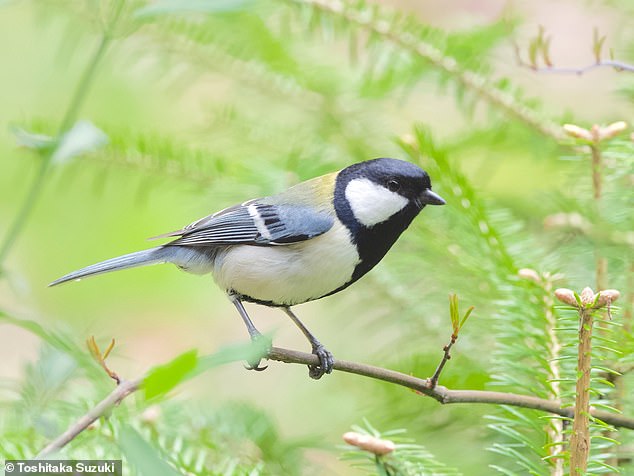
One species of small bird, the Japanese tit (Parus minor), uses wing movements as a gesture to convey the message “after you.”
“For more than 17 years I have been dedicated to the study of these fascinating birds,” said study author Toshitaka Suzuki, an associate professor at the University of Tokyo.
‘Not only do they use specific calls to convey particular meanings, but they also combine different calls into sentences using syntactic rules.
‘These various vocalizations led me to begin this research into their potential use of physical gestures.
“In our latest discovery, we revealed that the Japanese tit uses gestures to communicate with its partner.”
Japanese tits are closely related to the species of great tit commonly found in gardens in Britain and across Europe: Parus major.
Professor Suzuki said it is possible this European species also performs this behaviour, although “more bird watching” is required to confirm this.
In spring, Japanese tits form mating pairs and build their nest inside a tree cavity with a small entrance.
Professor Suzuki and his co-researcher Norimasa Sugita filmed the behavior of 16 birds (eight pairs in total) with chicks living in nest boxes in Karuizawa, Nagano Prefecture, Japan.
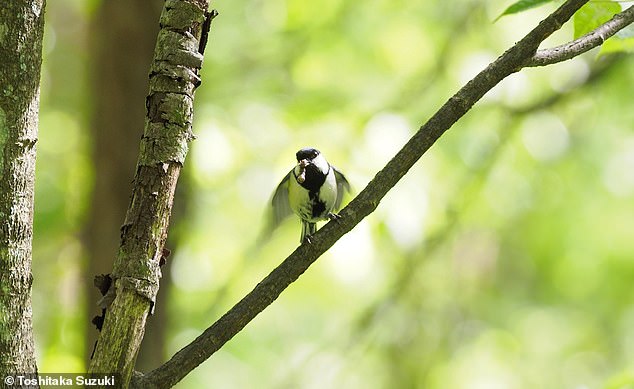

A flap of its wings in the direction of its mate (pictured) indicates that it wants him or her to enter the nest first.
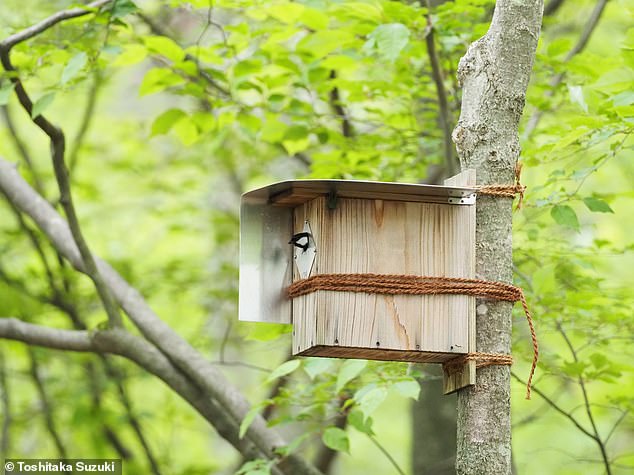

Professor Suzuki and his co-researcher Norimasa Sugita observed the behavior of 16 birds (eight pairs) with chicks living in nest boxes.
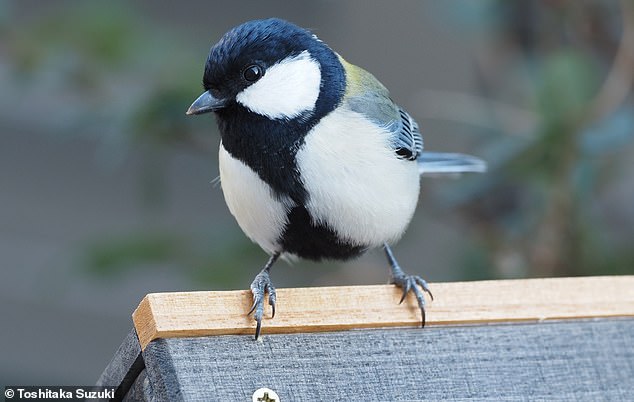

Japanese tits (pictured) are closely related to the species of great tits commonly found in gardens in Britain.
When carrying small morsels to feed their chicks, the birds enter the nest one at a time.
But the researchers noticed that upon returning to the nest, the birds first found a nearby perch and then one flapped its wings toward the other.
Analyzing 321 of these nest visits, they found that flapping wings prompted the flapping pair to enter the nest box first, while the flapping pair entered second.
According to the team, the birds deliberately directed their wing flaps toward their mate, not toward the nest entrance, as if to indicate their whereabouts.
Interestingly, the gesture was performed more frequently by females, after which the male usually entered the nest, regardless of which had arrived first.
If the female did not flap her wings, then she usually entered the nest before the male, suggesting that the female dominates how the entire process unfolds.
“In nest visits where both parents approached the nest simultaneously, females flapped their wings in 42 per cent of cases, while males only did so in 6 per cent,” Professor Suzuki told MailOnline. .
“We need more studies to examine why females flap their wings more frequently than males.”
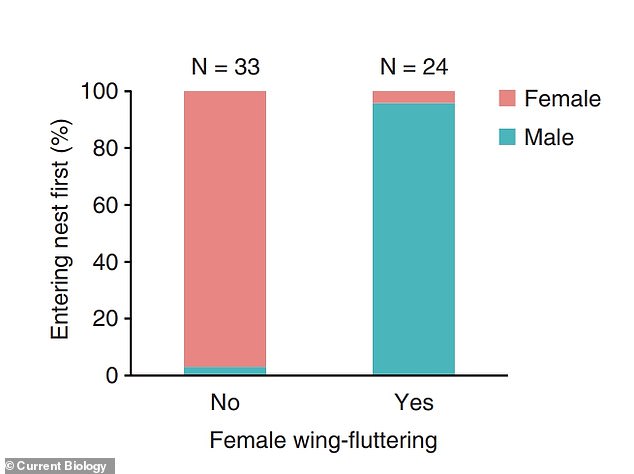

The graph shows nest entry order (percentage of nest visits in which each sex entered the nest first) in relation to female flapping.
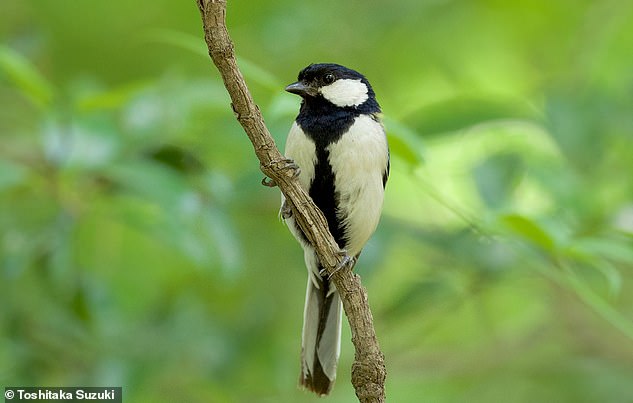

Professor Suzuki’s research has already shown that this intelligent bird speaks in phrases to warn others in times of danger.
Researchers call this clever flapping of wings a “symbolic gesture” (which conveys messages) rather than a “deictic gesture” (which simply points to objects or other living things).
Their discovery challenges the previous belief that symbolic gestures, which require complex cognitive skills, are prominent only in humans and great apes.
Professor Suzuki’s research has already shown that this intelligent bird speaks in phrases to help find food or warn others in times of danger.
By combining calls, they produce messages that convey different meanings, such as “come here” or “look for danger.”
The new study has been published in Current biology.
